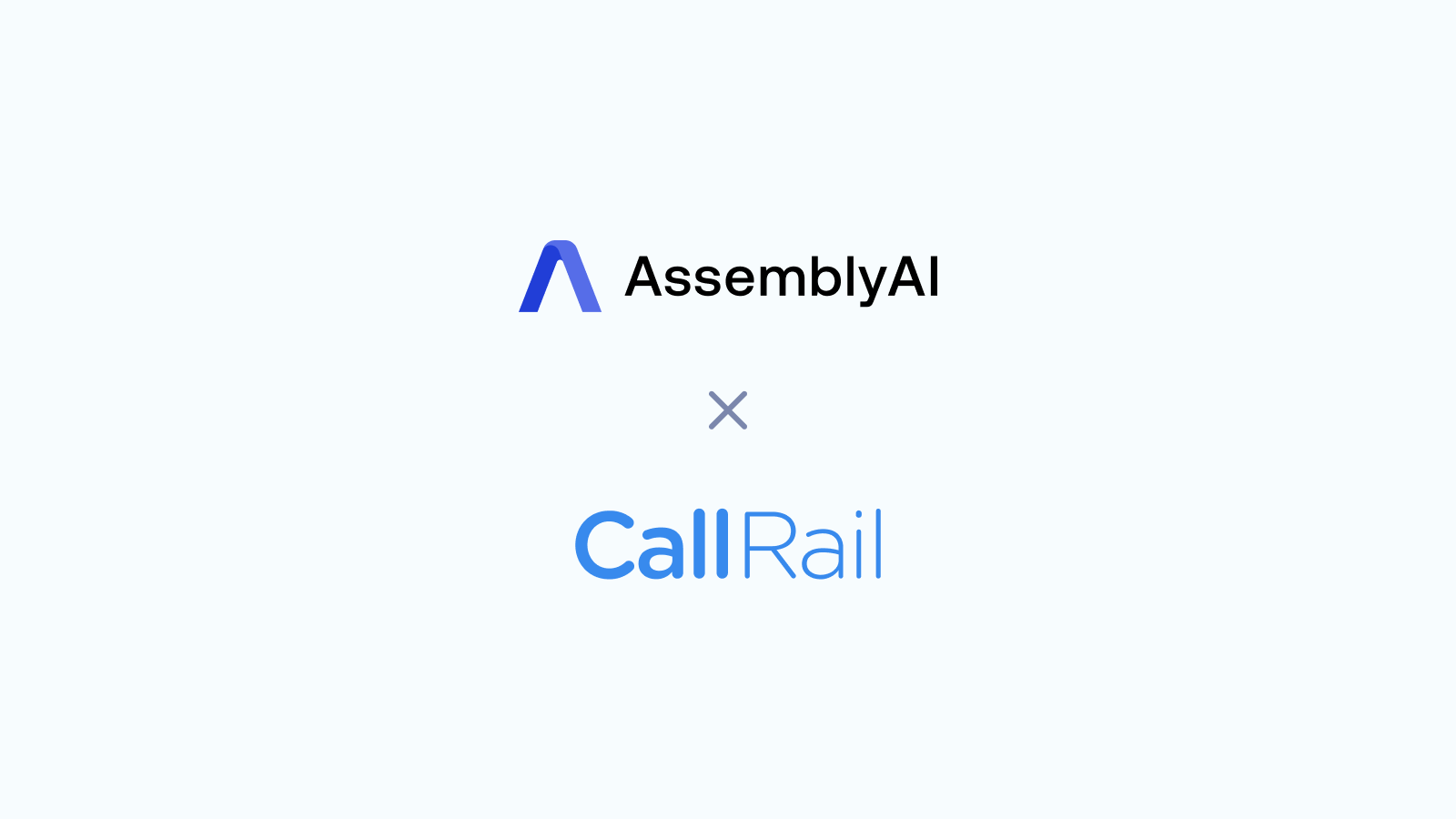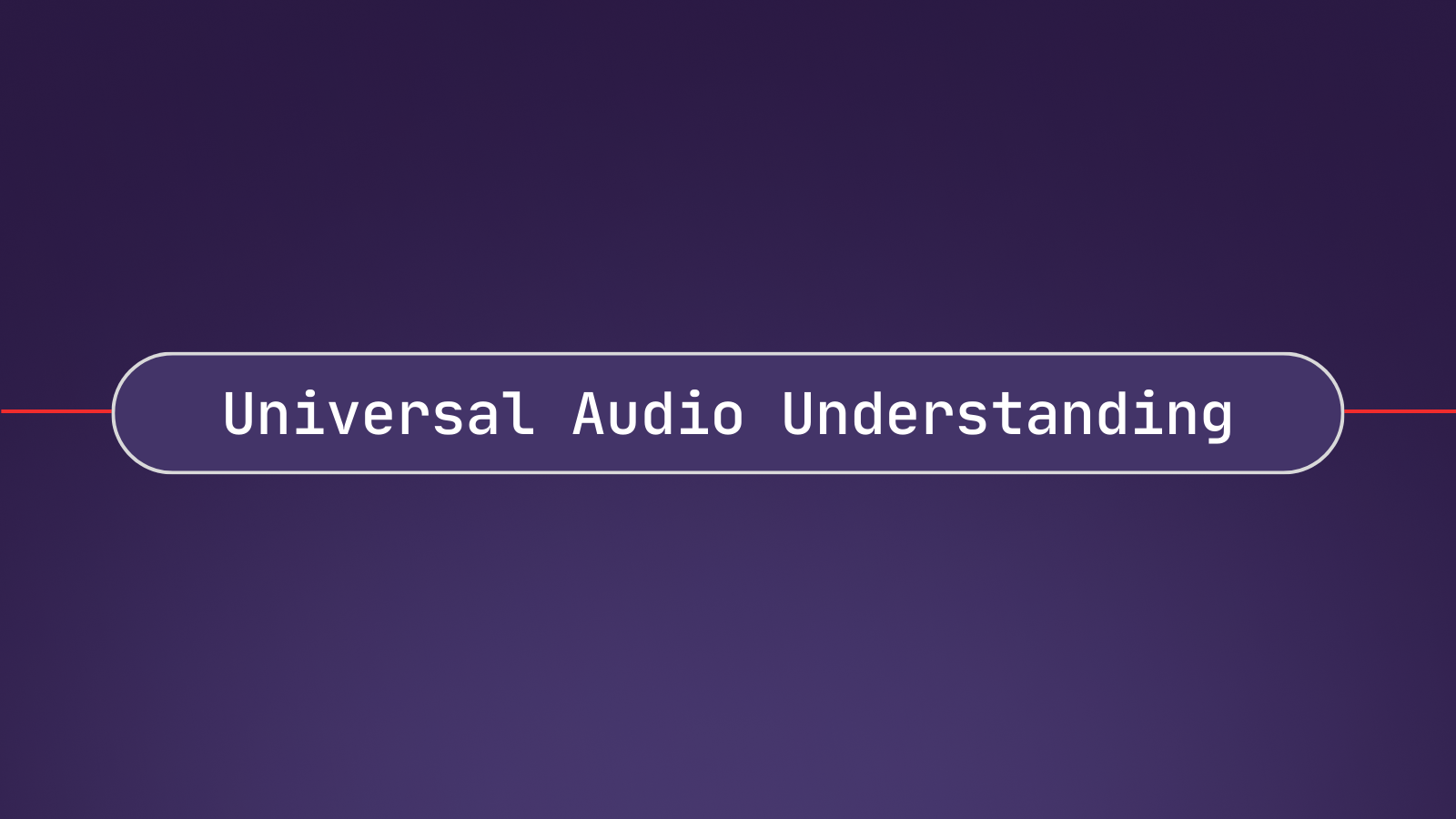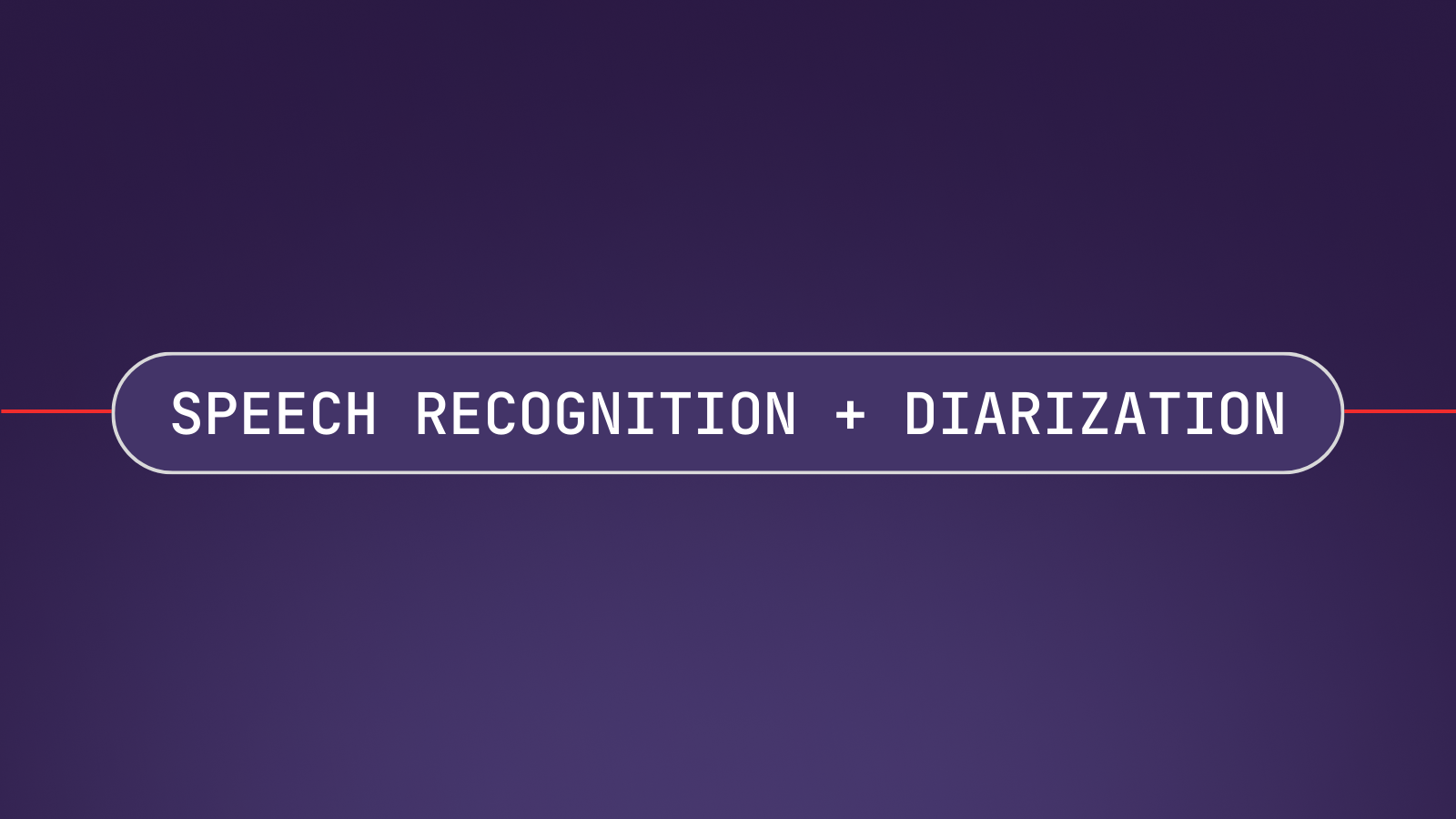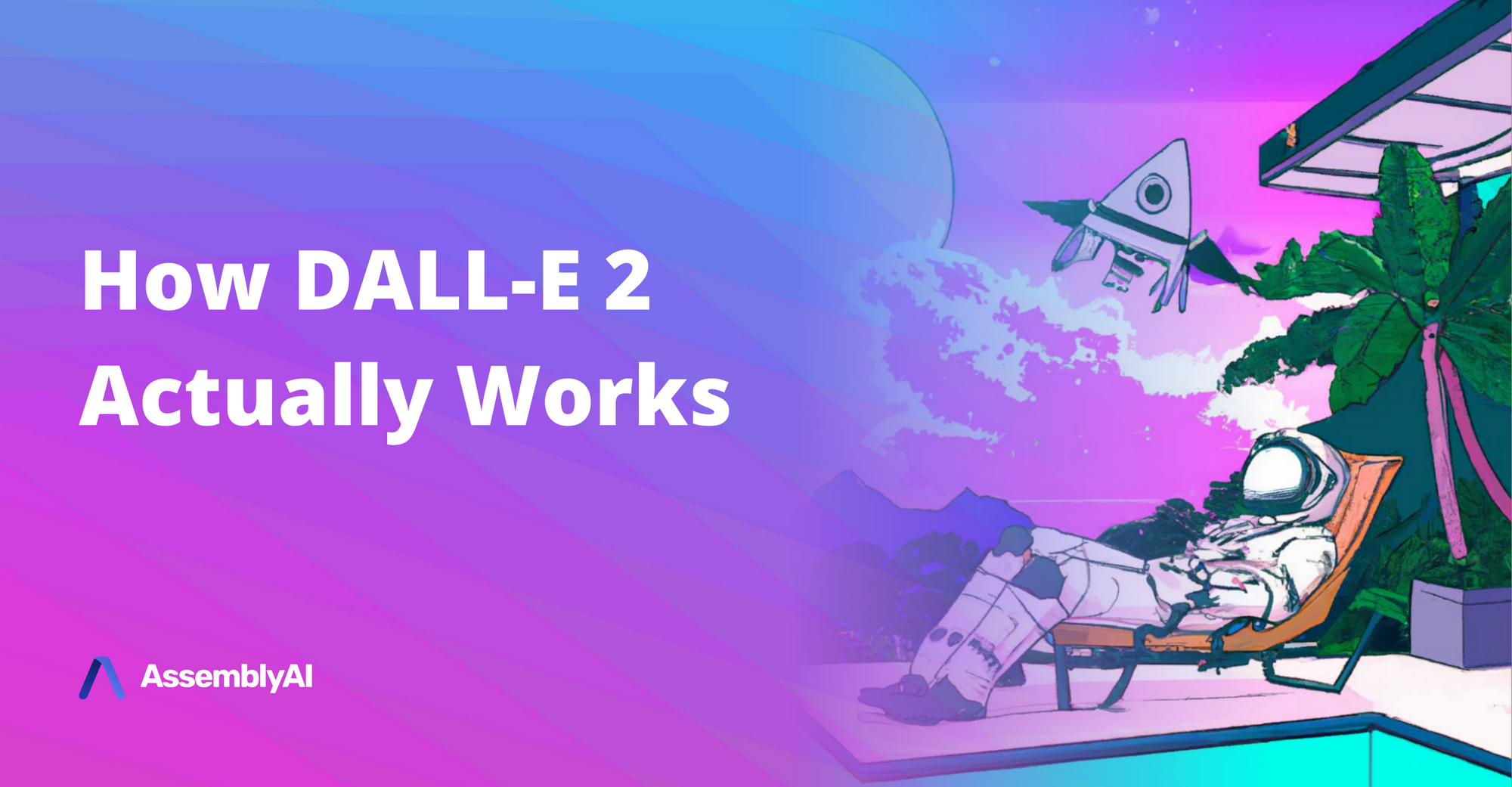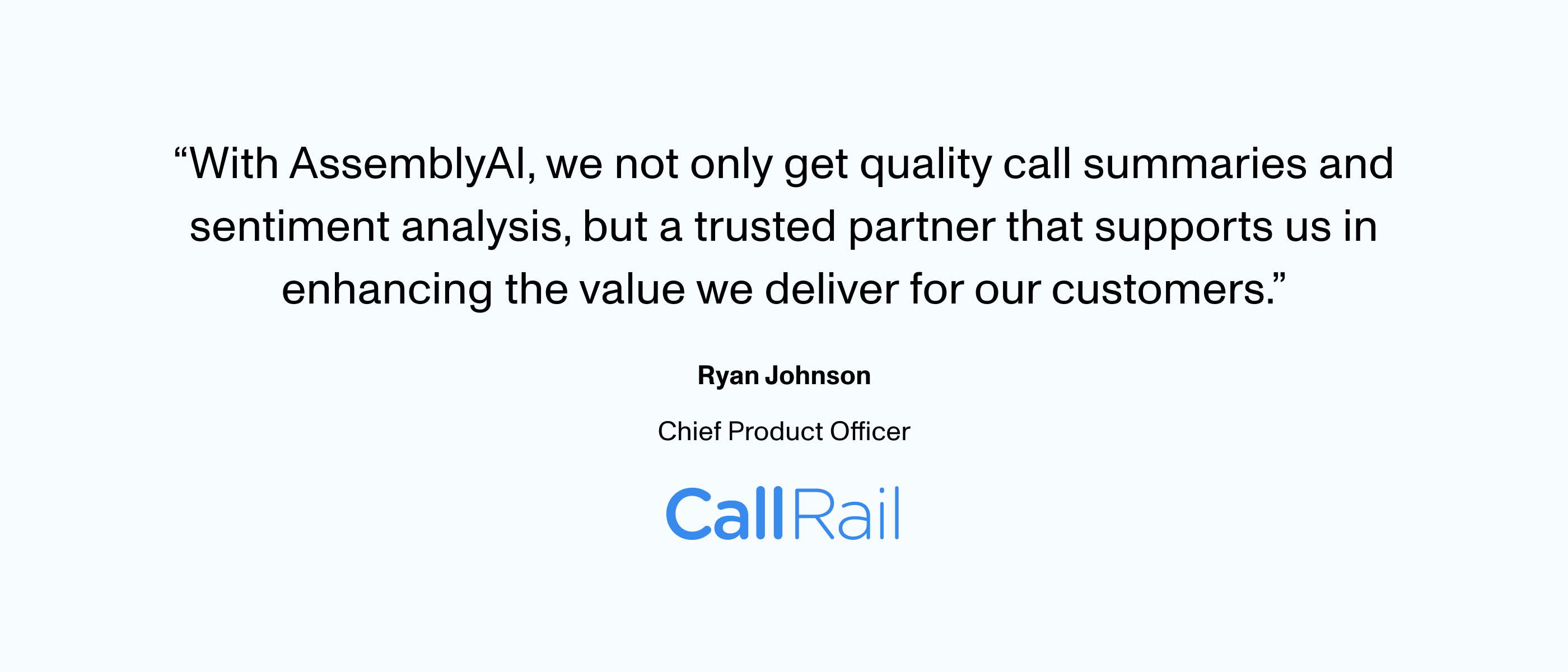
Businesses need faster, more efficient ways to extract and leverage insights to optimize their customer acquisition strategy—and AI has become increasingly important in helping businesses like CallRail achieve this.
CallRail, a lead intelligence software company, was an early integrator of AI and remains deeply dedicated to investing in new breakthroughs in the field. CallRail’s customers use its platform to drive community impact, build meaningful relationships on sales calls, and increase ROI on call tracking.
CallRail’s Chief Product Officer, Ryan Johnson, explains that the company has adopted an AI-first approach–where AI acts as a crucial building block when developing new features and products–as the main driver of its product roadmap because of AI’s demonstrated transformative power for its customers.
To achieve this thoughtful positioning, Johnson and CallRail wanted to partner with AssemblyAI, who could provide a secure, scalable AI stack for spoken data. This would help CallRail more quickly build new features and products on top of the latest innovations and deliver them to its customers.
"...we're focused on delivering incredible products that meet the specific needs of our customers. To do that effectively and efficiently, it makes sense for us to partner with experts in AI versus building something from the ground up–which can feel like a space race and act as a barrier to bringing valuable solutions to market in a timely manner," explains Johnson.
AssemblyAI's models are designed using the latest cutting-edge research in AI, like Deep Reinforcement Learning, and state-of-the-art architectures, like Efficient Conformers, with built-in support and security for scalability. The models are accessible through a simple API call, making them easier and faster to build with for teams like Johnson’s.
Learn about AssemblyAI’s new state-of-the-art speech recognition model, Conformer-2CallRail first built a foundation of impressive features on top of AssemblyAI’s production-ready AI models, including AssemblyAI’s:
- Core Transcription Model, which automatically transcribes audio and video speech into readable text at scale,
- PII Redaction Model, which automatically detects and removes sensitive data in a transcription text, and
- Automatic Transcript Highlights, which automatically detects key phrases and words in a transcription text.
Integrating a production-ready Summarization model enabled CallRail's Engineering Product Design (EPD) teams to focus on designing features that automatically categorize calls, trigger a follow-up action, or provide a form of AI Conversational Intelligence. For example, when a call is run through CallRail’s platform, it can auto-score and categorize key sections of the call to help CallRail’s customers more intelligently and efficiently process call data at scale.
Through this initial partnership with AssemblyAI, CallRail improved its call transcription accuracy by up to 23% and doubled the number of customers using its Conversation Intelligence product. For its customers, these changes directly translate into better lead tracking, enhanced relationship building, and cost savings.
Most recently, CallRail is releasing its newest AI-first feature, Call Summaries. Call Summaries harnesses the power of AssemblyAI’s new Conversational Summarization Model, an AI model purpose-built for multi-person conversations like those that CallRail’s customers process with its platform every day.
Through a single API call, the Summarization models synthesize lengthy audio and video data into highly relevant, actionable key points and takeaways. Results can be returned as several summary types, including bullets, bullets verbose, headline, gist, or paragraph.
Beyond the ability to return different summary types, AssemblyAI also has different Summarization models, each trained on data relevant to specific use cases, such as
- Informative – best for single speaker files, like a presentation or lecture.
- Conversational – best for multi-person conversations, like interviews or customer/agent phone calls.
- Catchy – best for producing titles for podcast, video, or other media files.
Take this sample conversation as an example of how AI Summarization models work.
Speaker A: Hey, Susan. Have you got a sec? I have some questions about
my paycheck.
Speaker B: You bet, Emily. Pull up a chair.
Speaker A: Well, this is my first paycheck here in the States and there
are a few things I don't understand. First of all, what is this FICA,
and SUI Y tax, and why are there deductions both for Medicare and for
my health insurance plan?
Speaker B: OK, let's start from the top of your pay stub. This number
here represents your gross pay. Then here we have a series of
deductions. First off are the federal ones. FICA stands for Federal
Insurance Contribution Act, or something like that. It's your federal
income tax. And then there's Social Security and Medicare, which are
both federal programs to help you out after you retire or if you were
unable to work.
Speaker A: All right, I see. So the Medicare isn't actually a health
insurance I can use now.
Speaker B: That's right. Below the federal deductions are the state
deductions. There's the state income tax, and then this SUI/SDI tax you
were asking about is paying into an unemployment and disability fund
that our state has set up, but you can see it's a pretty small quantity
that they take.
Speaker A: Yeah, I don't mind giving them a dollar fifty for that. So
there are two separate income taxes,one at a state level and one at a
federal level?
Speaker B: That's right. Not all states have an income tax. Some use
higher property taxes or sales taxes instead.
Speaker A: I see. All right, well I think everything else I can figure
out on my own. The deductions for health insurance and my 401(K) are
pretty self-explanatory. Thanks for your help, Susan.
Speaker B: No problem! All those deductions do add up, and nobody's net
pay is as high as they'd like. I can understand why you'd want some
explanation.
Speaker A: Yeah, I guess it's the same in the UK, I just never paid
much attention. See you later! Here is the transcript, with speaker labels included, as it would appear after the call is processed by AssemblyAI’s Core Transcription API.
And then here is the headline summary type generated by AssemblyAI’s Conversational Summarization model:
Emily asks Susan some questions about her paycheck in the States and Susan explains the deductions for Medicare and for her health insurance plan.Here is the paragraph summary type generated by AssemblyAI’s Conversational Summarization model:
Emily is asking Susan about her first paycheck in the States. Susan explains the FICA, SUI Y tax, the state income tax, and the SUI/SDI tax to her.For CallRail, AI-powered Call Summarization offers a host of new opportunities for its users.
“Businesses that rely on communication with leads to generate revenue have a lot of data to comb through in order to find the insights that help them acquire more customers. The capabilities AI enables us to build help businesses market confidently while saving time and money. It's powerful, almost magical to see it work,” says Johnson.
The Conversational Intelligence leader is also expanding its use of AssemblyAI’s Sentiment Analysis Model, which can automatically detect and label sentiments–positive, neutral, or negative–in speech segments in its customers’ conversational data.
CallRail’s new Call Summaries feature recently launched to its Beta Group, with a full release to its customers expected in early 2023.
Want to learn about building AI-powered features from CallRail? Watch for insights on-demand.
